As responsible travelers evolve, so do the stories we share.
This article is part of our living archive — trusted content we continue to care for.
First published on February 15, 2020 • Last updated on February 11, 2022.
Unfortunately, Chirije Lodge is closed for business. The following article was originally written in May 2014. While it is no longer possible to stay the night at Chirije, day trips to the locations are still an option with a local guide or by hiking along the beach from the small community of San Clemente. Therefore, we’re leaving this article for future visitors.
Chirije Lodge
Peaceful, gorgeous, natural. Just adjectives. But they describe Chirije Lodge perfectly. Tucked away on a beach just south of Bahía de Caraquez in Ecuador, it’s remote enough that there is no road for the last few kilometers of the trip. Instead, a visitor needs to arrive at the sister hotel in town and meet up with a guide who can drive you out (or allow you to follow if you have a high clearance vehicle that you don’t mind getting sandy). Additionally, you need to time your visit with low tide. We planned it perfectly, without even trying. Call it vacation kharma.
Arriving at Chirije Lodge
When we arrived, we weren’t quite sure what to expect. But the groundskeeper and host for our stay was a very graceful and poised young man from Argentina. It was his job to see to our comfort, from helping us figure out the best accommodations to finding out what kinds of foods we like to eat. He was our chef for breakfast, lunch, and dinner. It would have been impossible most days to eat anywhere else as we were tied to this location by the timing of low tide. But it was no bother. He cooked marvelous meals and the peace and quiet afforded by the isolated location was just what we wanted. It was an escape from the hustle and bustle of city life.
A Little For Everyone
Chirije offered a little for everyone in my family. My husband and I could hike to our heart’s content, either on the beach or in the local hills. My son could hang out in the hammock on the open-air porch. He could read a book, take a nap while cooled by an ocean breeze, or just sit and admire the view. The porch became the place where we shared a glass of wine before dinner (bring your own), played a game, and photographed frame after frame of beautiful sunsets. We rested there after boogie boarding the waves and hiking the local trails. It became a magnet for our family. If you weren’t sure where someone was, they would eventually show up here.
The Birds at Chirije Lodge
But the patio isn’t the only option at Chirije.
My favorite – birds. There were birds everywhere despite the young cat that thought she owned the place. No need to hike up the hill. All you needed to do was observe from the open walkways or sit out on one of the many benches. We saw so many different species. The most exciting was probably a Blue-crowned Motmot, better known locally as a Relojero because it’s tail keeps time like a clock’s pendulum. This fairly large and colorful bird can actually camouflage itself very well. He arrived daily, mostly in the mornings, to hunt for bugs and such on the ground. He was joined by tiny flitting hummingbirds, the smallest woodpecker I have ever seen, busy Tanagers and squawking Caciques. We saw swallows and doves. We saw the Groove-billed Ani. I only wish that every photo did the birds justice.
The Archeology Museum at Chirije Lodge
My husband’s favorite – was the small museum filled with local archeological finds. We had our own personal tour and explanations of the many figurines and vessels found on site. The digs that have existed in the past have probably only scratched the surface of what might be found in this area. On our walks on the beach, we found pottery shards decorated with hashmarks and colored black with time. We left them for the local collection of odd bits and pieces. Instead, we brought home shells and stones, small markers of the memories we made at this timeless place.
Chirije Lodge Has A Wonderful Beachfront
Although I love living in the mountains and seeing glimpses of the snow-covered volcanoes that surround Quito, I miss the ocean. There is something very special about the sound of waves crashing against a rocky coast or the surf gently lapping a sandy beach.
My children have always loved searching for creatures amongst the rocks and jumping into waves, no matter how cold the water. Therefore, our trip to Chirije, though a new place in so many ways, was also like a trip back down memory lane.
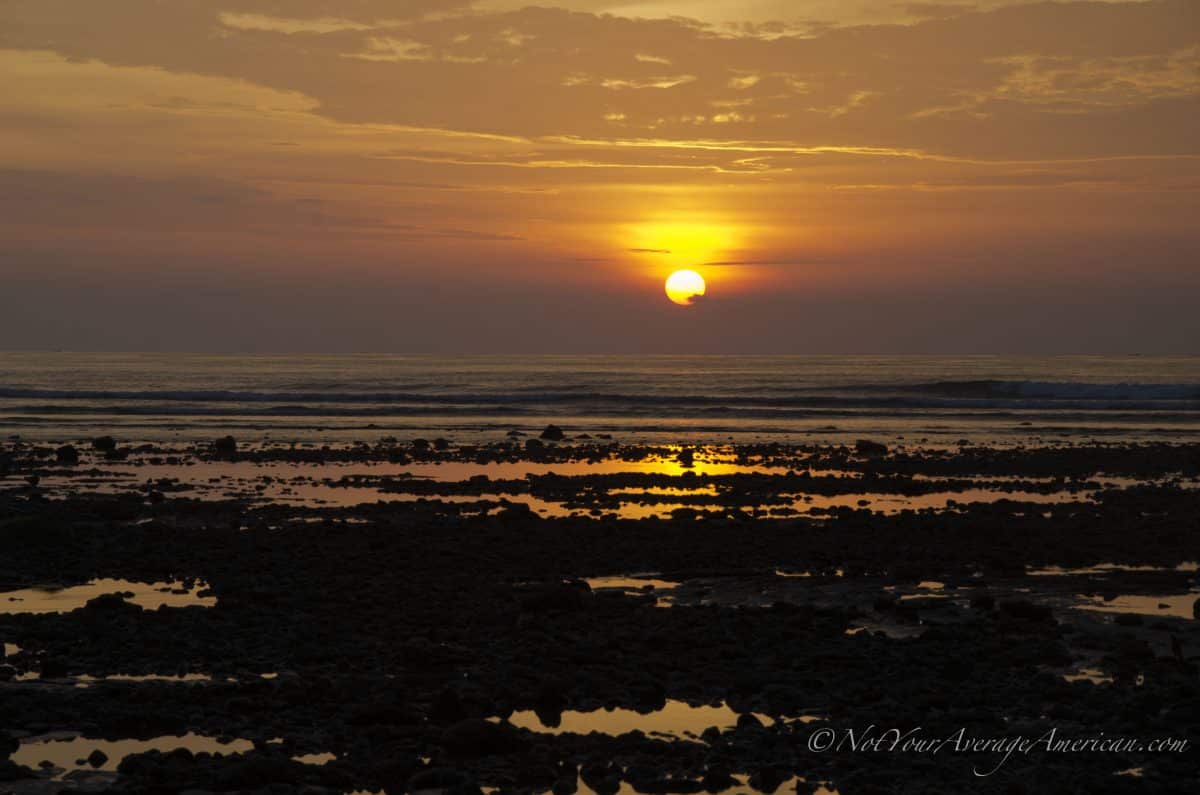
What To Do On Chirije’s Beach
We watched sunsets from the sandy dunes just below the lodge. Each night, the water a lilac blue, then pinky orange, then dusky midnight before settling down to a dark and endless black.
While tidepooling, we found sea stars and hermit crabs along the shallow rocky coast that sits right in front of Chirije Lodge.
Furthermore, a short walk away, we rode boogie boards as the waves increased in size during a startling sunny afternoon.
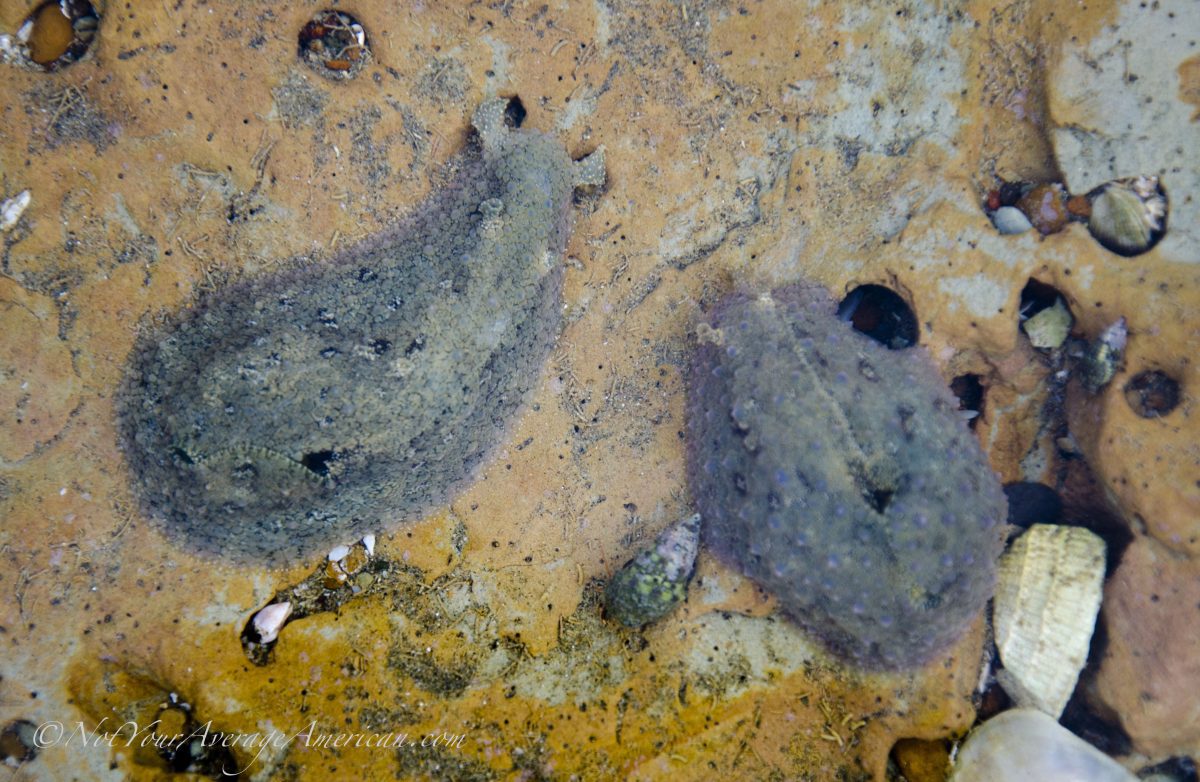
Each morning, treasure greeted us at the high tide line – stones polished into near perfect roundness, thin oyster shells that glinted gold and silver grey against the damp sand, tiny yet perfect scallop shells in a myriad of colors, and the most striking bubble gum pink clam shells, found in the size of my little pinky fingernail to my thumb. Suprisingly, we even found the occasional pottery shard with engraved markings turned black with time. Beachcombing was never so wonderful!
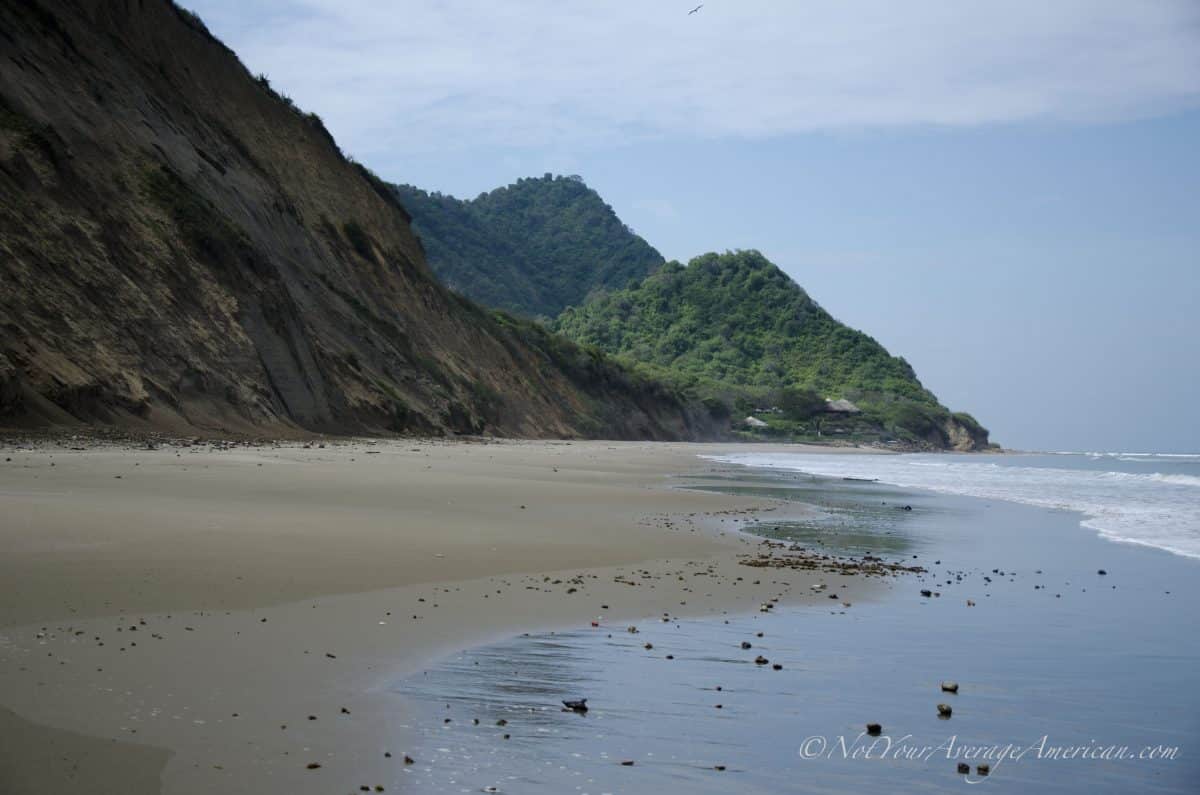
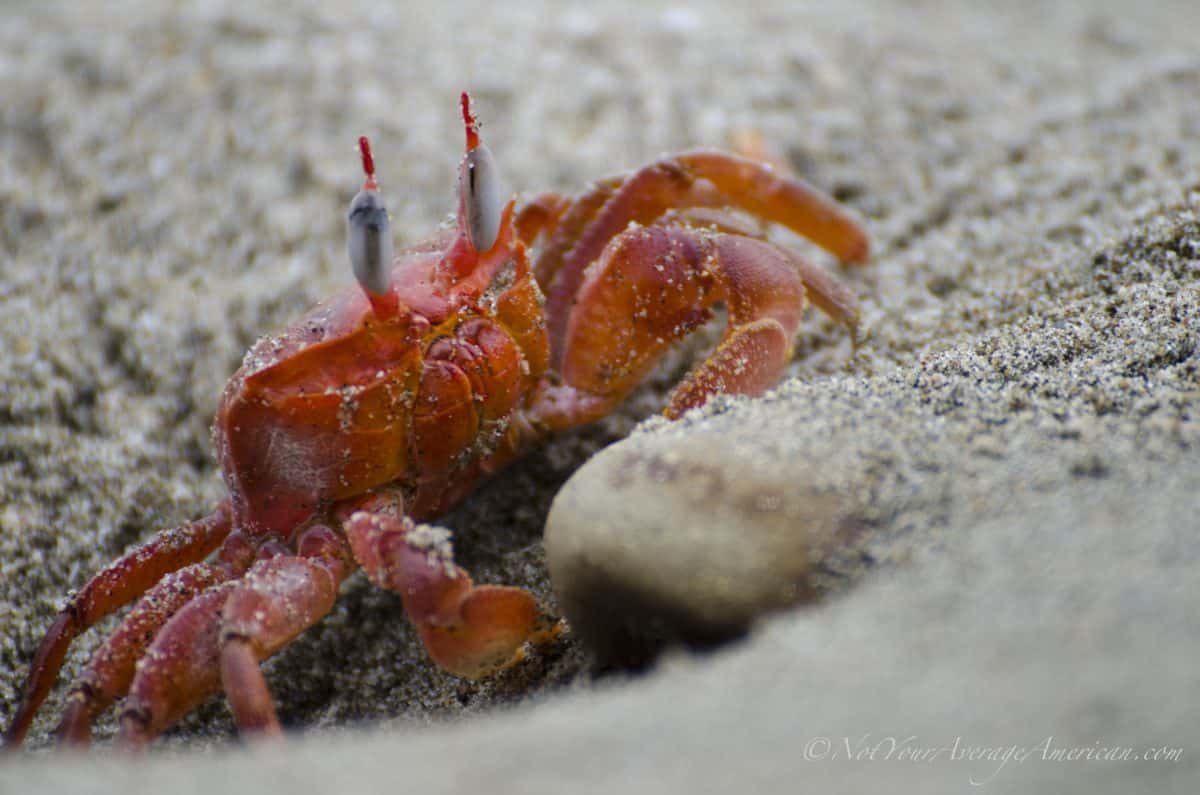
Hiking the Chirije Trails
Last but not least, hiking at Chirije is wonderful! You can head to the beach and hike for miles. Or you can head back to the little museum and find the trail hidden just behind it. From there, head out and up into the tropical dry forest. You’ll find a gigantic Ceiba tree, it’s wide trunk impossible to embrace because of its size. Birds are everywhere, their song easy to hear.
With patience, it’s possible to spot many birds, even without a guide. The easiest way is to find the local food source. In February, that meant cactus fruit and the birds were having a heyday. But seeds bursting from pods were apparent as well. There are a variety of food sources that will keep these birds coming back year-round. Recent rain meant muddy trails and small, inconspicuous mushrooms. But damp ground makes great habitat for mosquitos, another favorite snack for many a bird.
As the coast of Ecuador becomes more popular, land like the dry tropical forest that surrounds the lodge at Chirije will become even more scarce than it is today. According to The World Wildlife Fund, land like this should have the highest conservation priority. In Ecuador, less than 25% of the original dry forest remains.
Protecting the Ecuadorian Dry Forests
And that makes me worried. There is a push to increase tourism to the area, a push I very much understand and support. But I am afraid that protecting the environment and sustainability might go out the window.
We were speaking with the mother of Chirije Lodge’s owner. She was talking about a new coastal highway that would bring in thousands of newly middle-class Ecuadorians to the coast. However, it might just rip out even more dry tropical forest.
This gracious lady used to run an organic shrimp farm but has found that the organic feed needed for the shrimp was too expensive and today her farm is just like hundreds of others that dot the coastline here. Chirije markets itself as an eco-lodge but how long before it is just like hundreds of other places to stay along the Ecuadorian Coast?

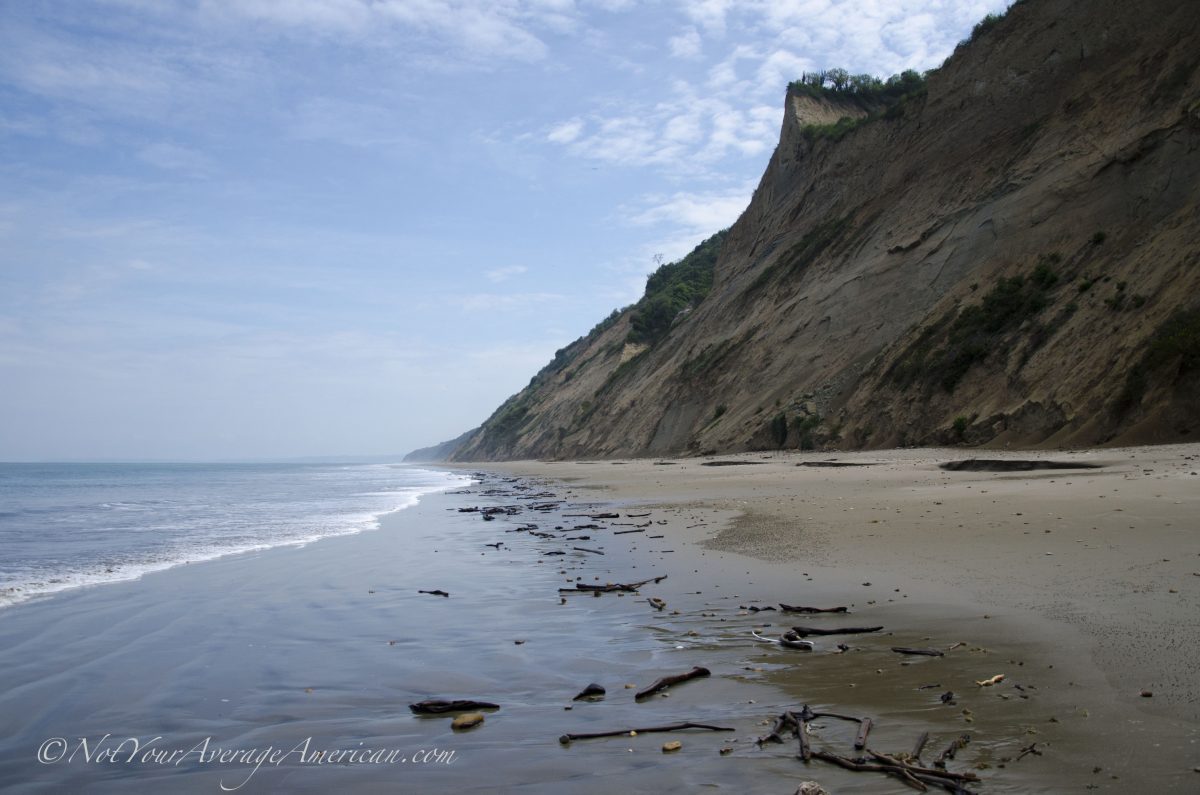
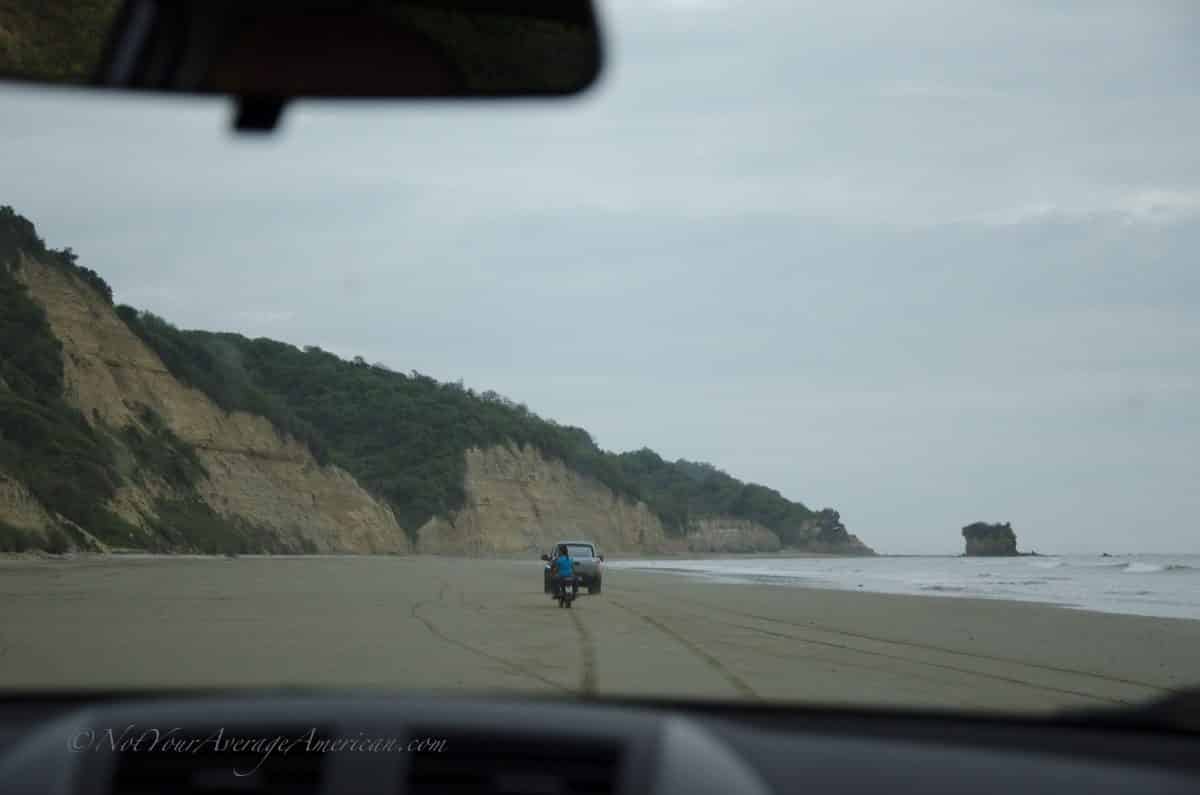

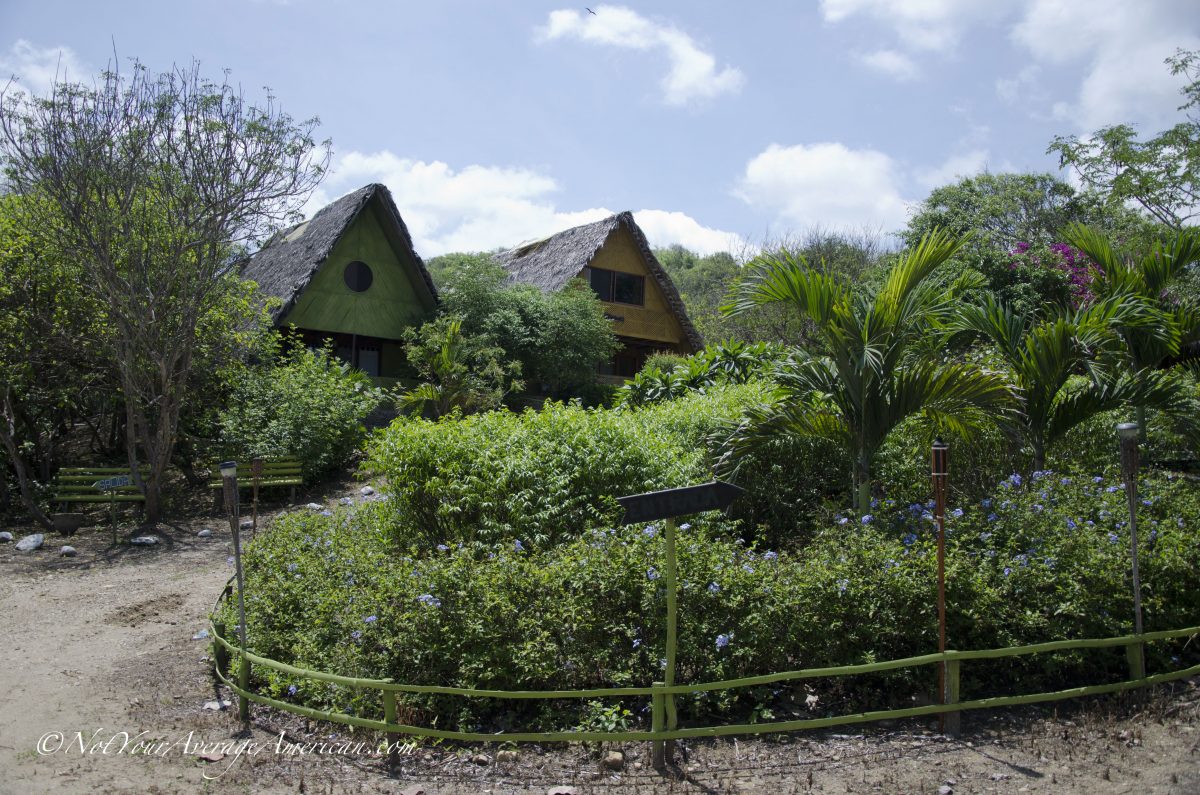

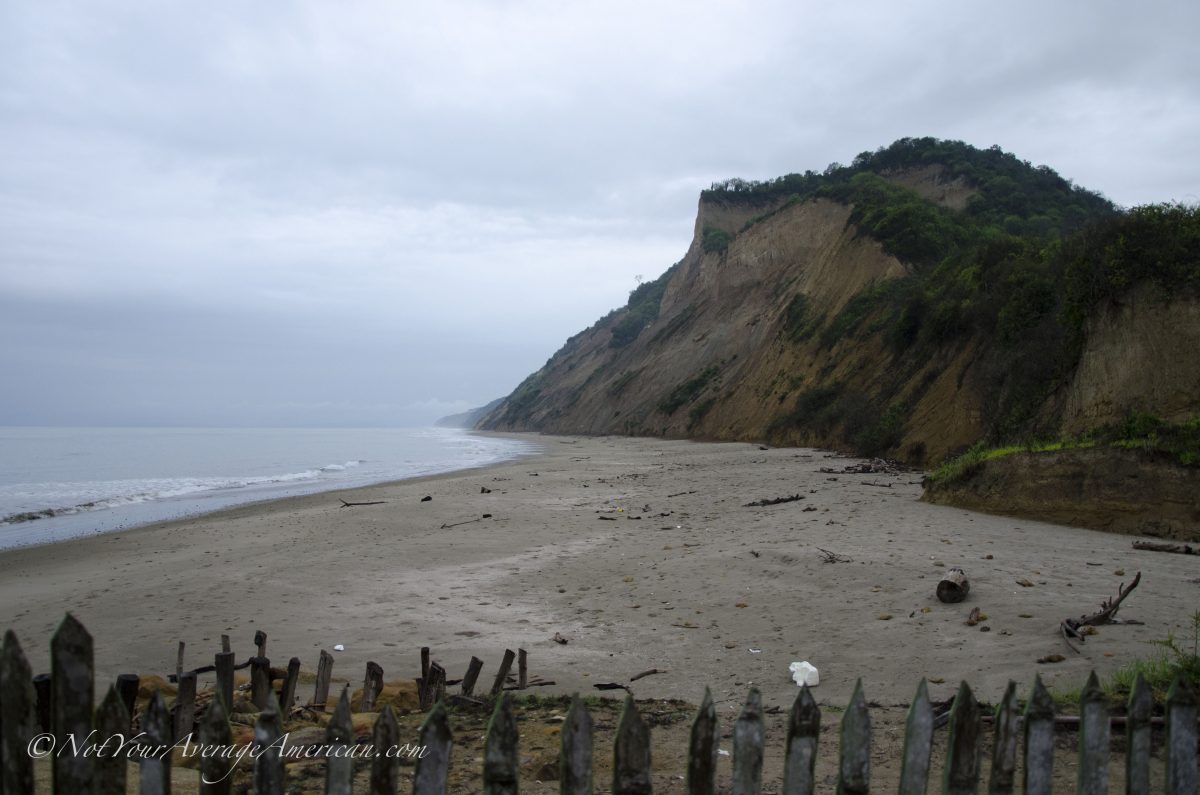
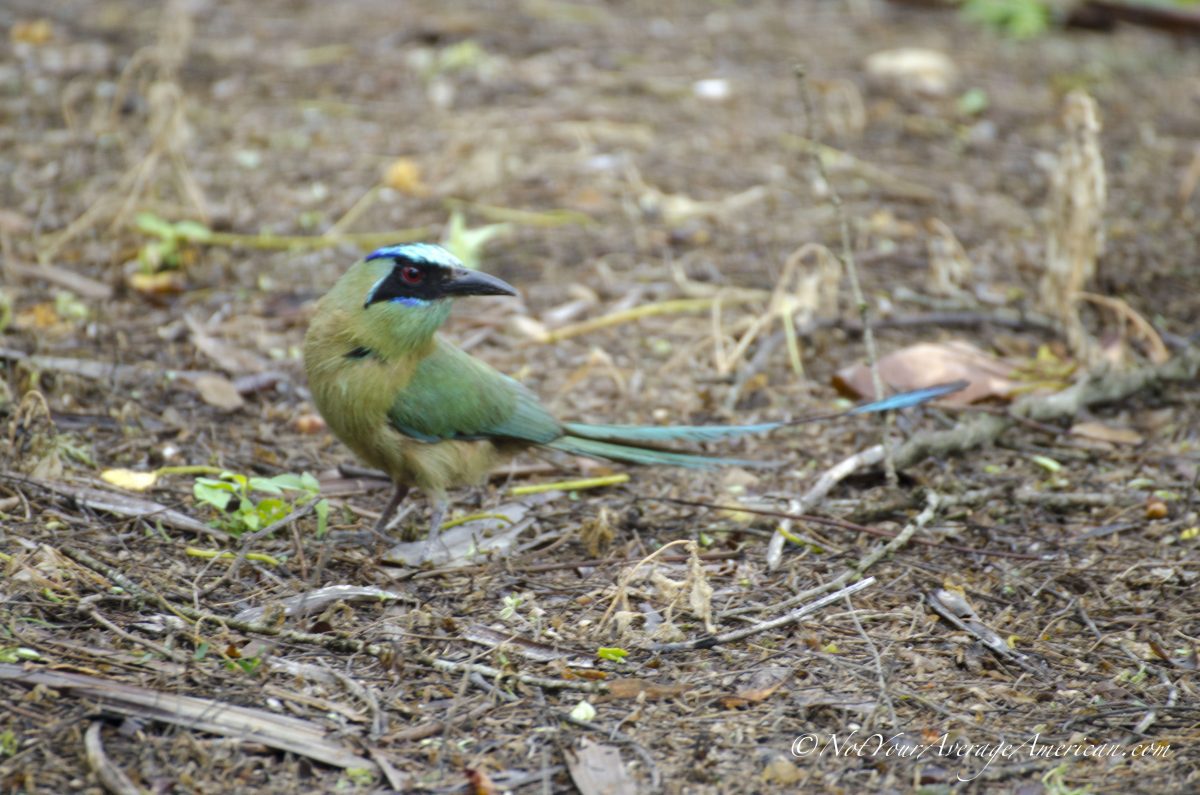



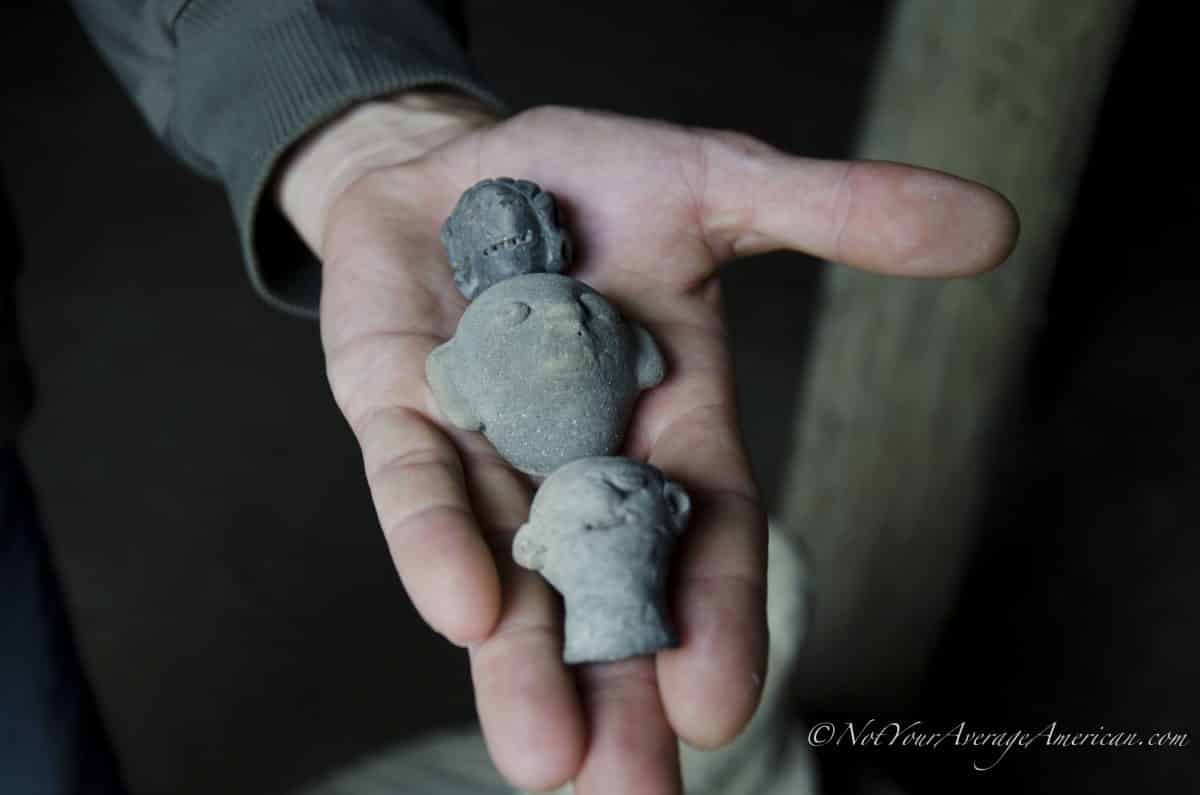

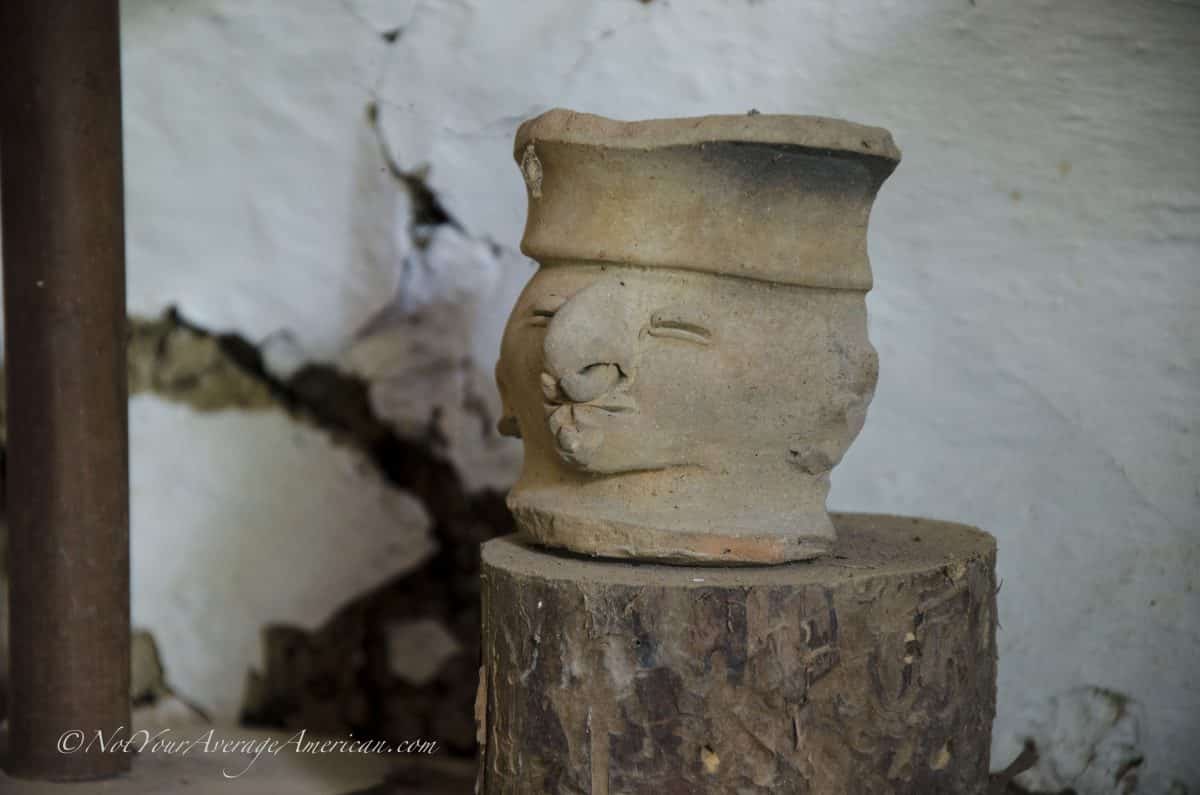
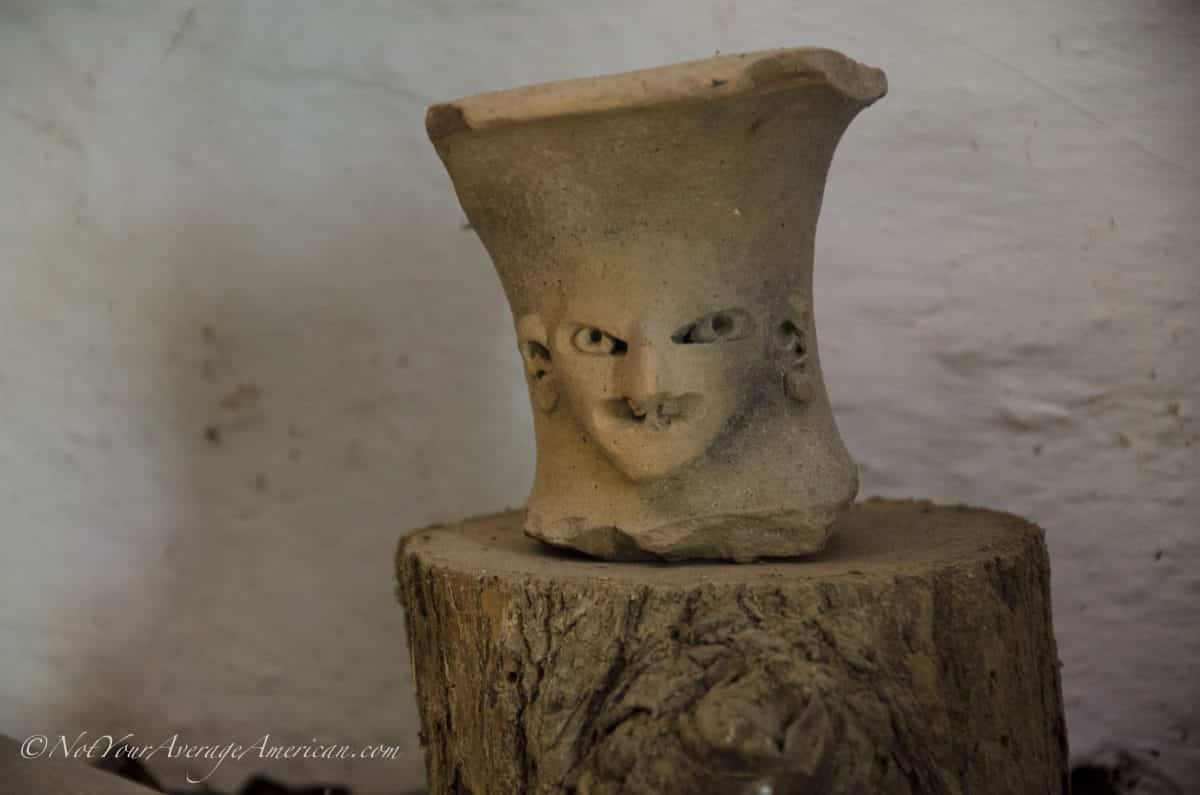
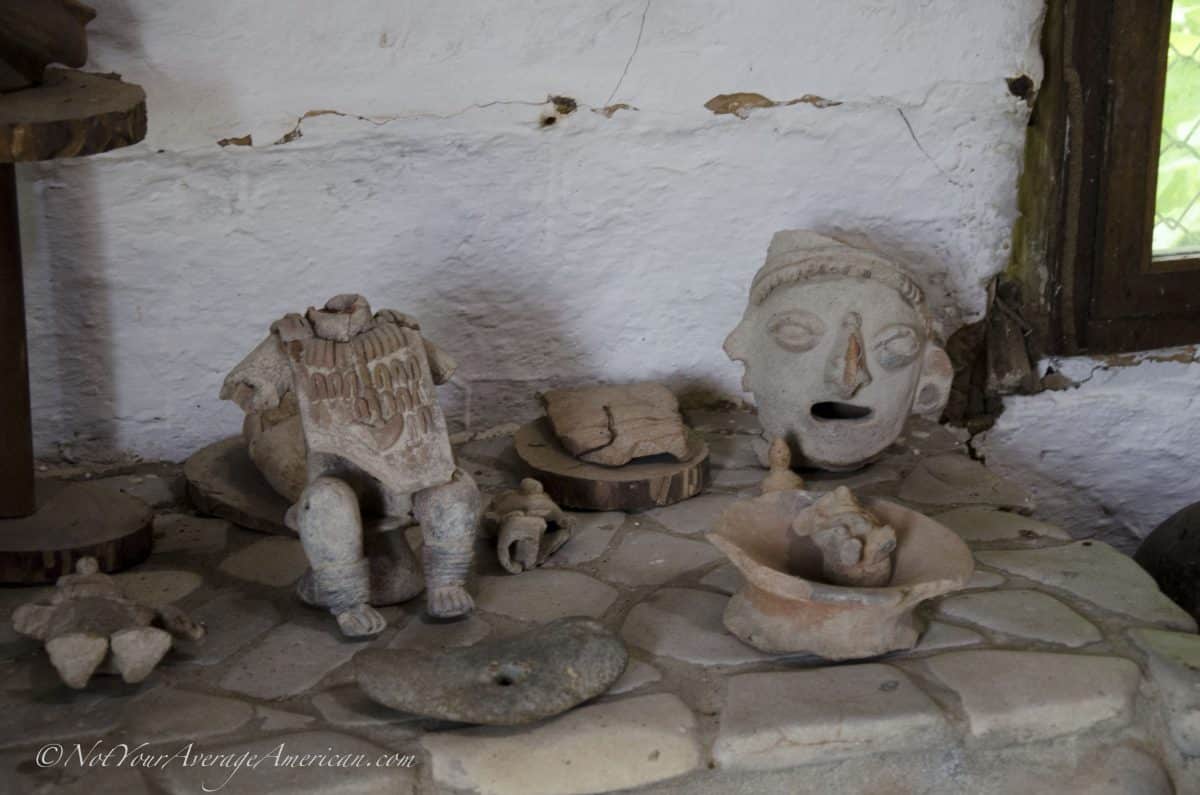
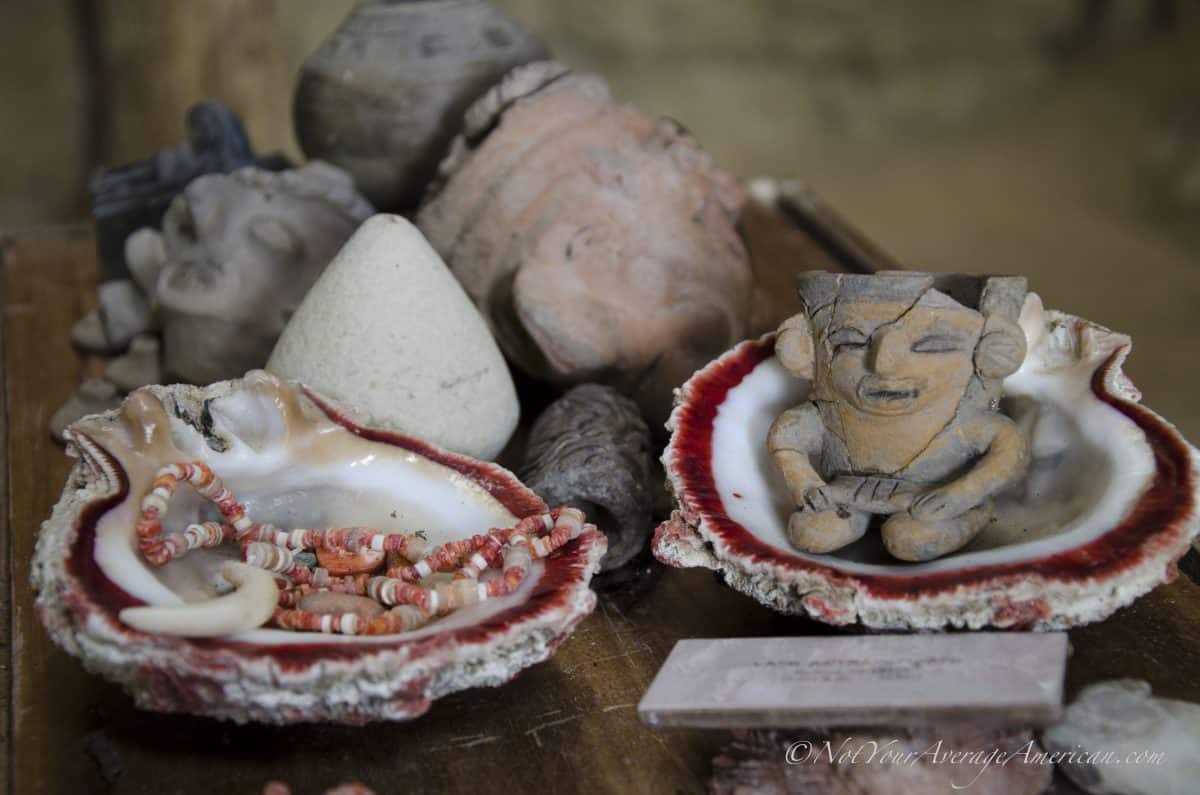
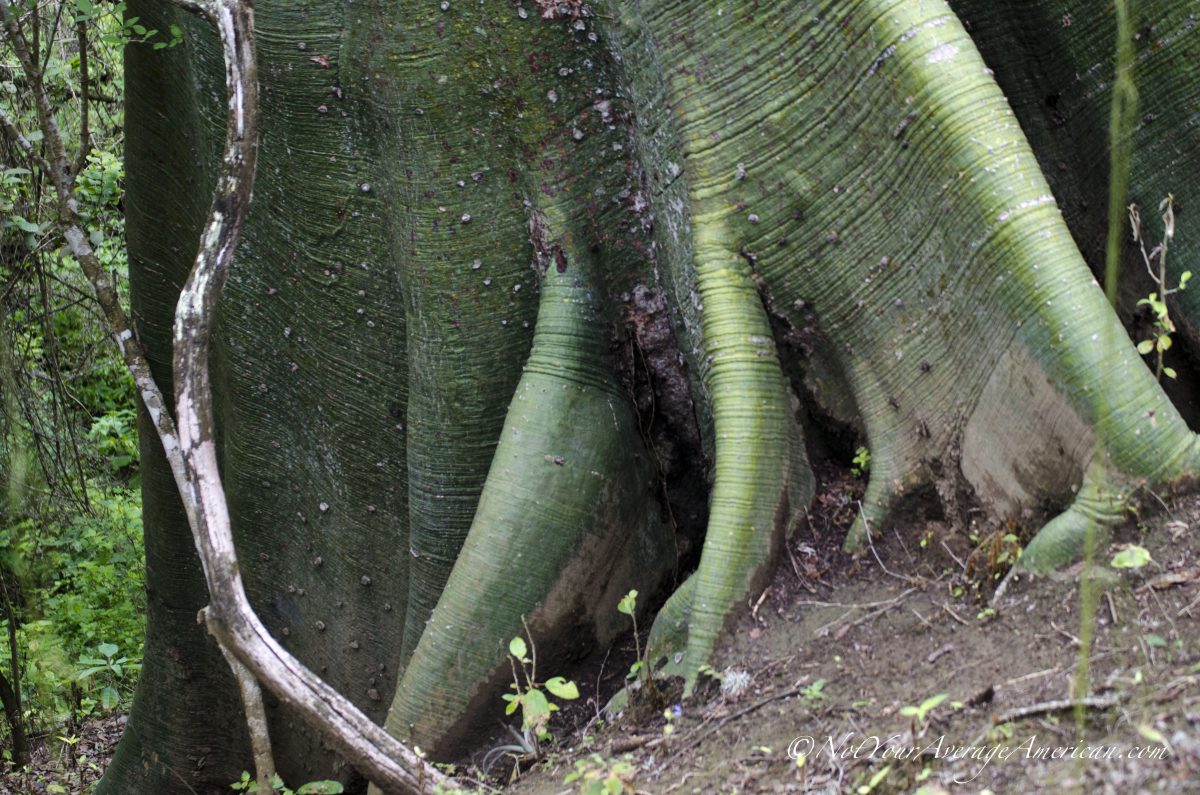
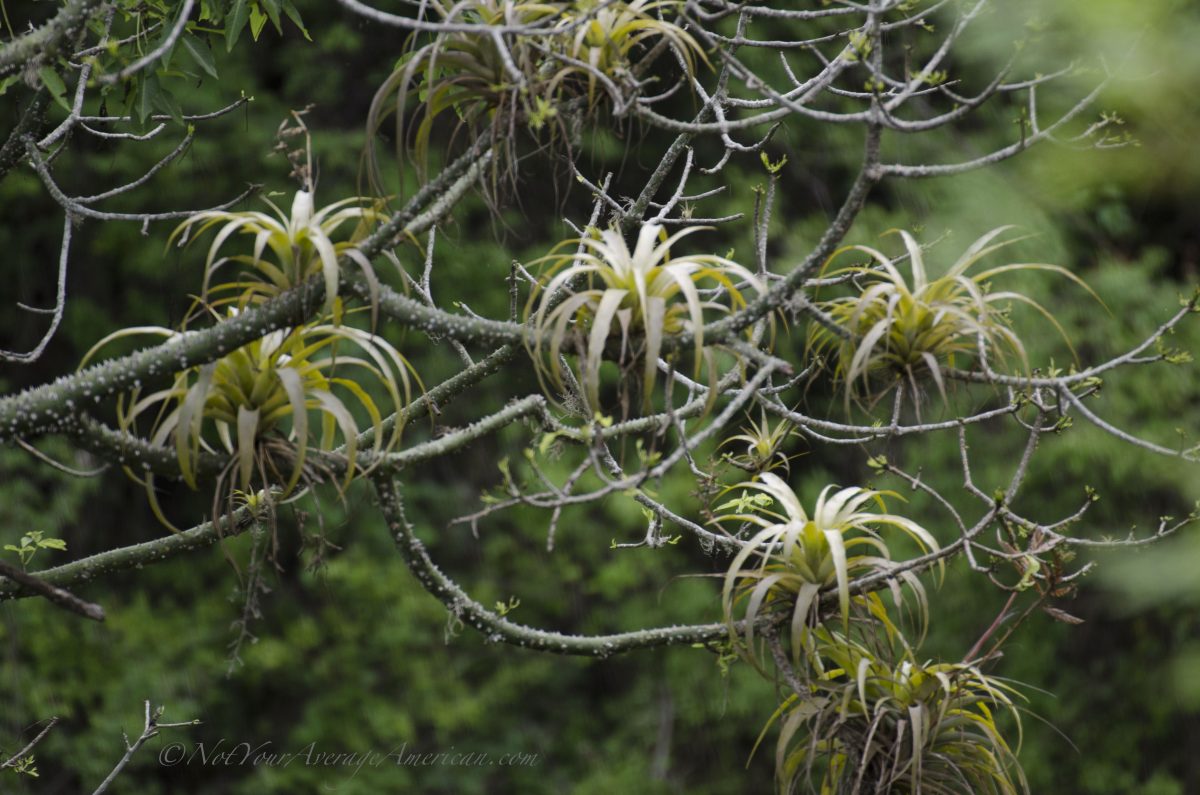
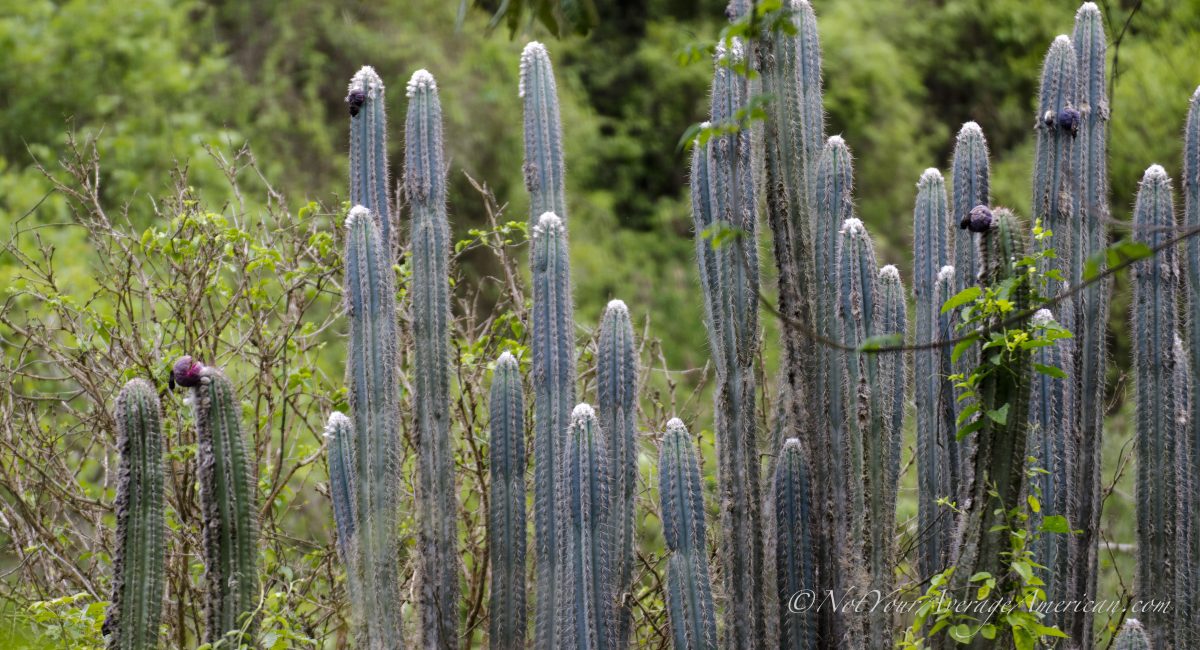

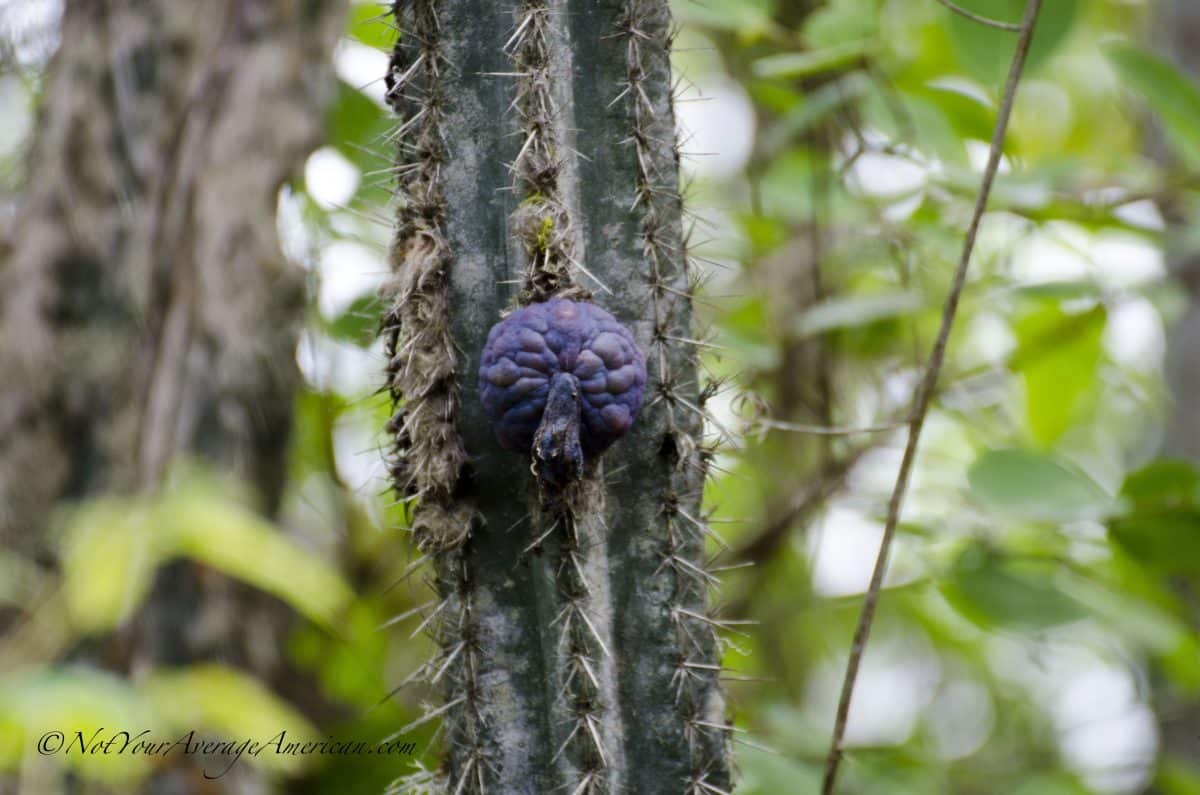

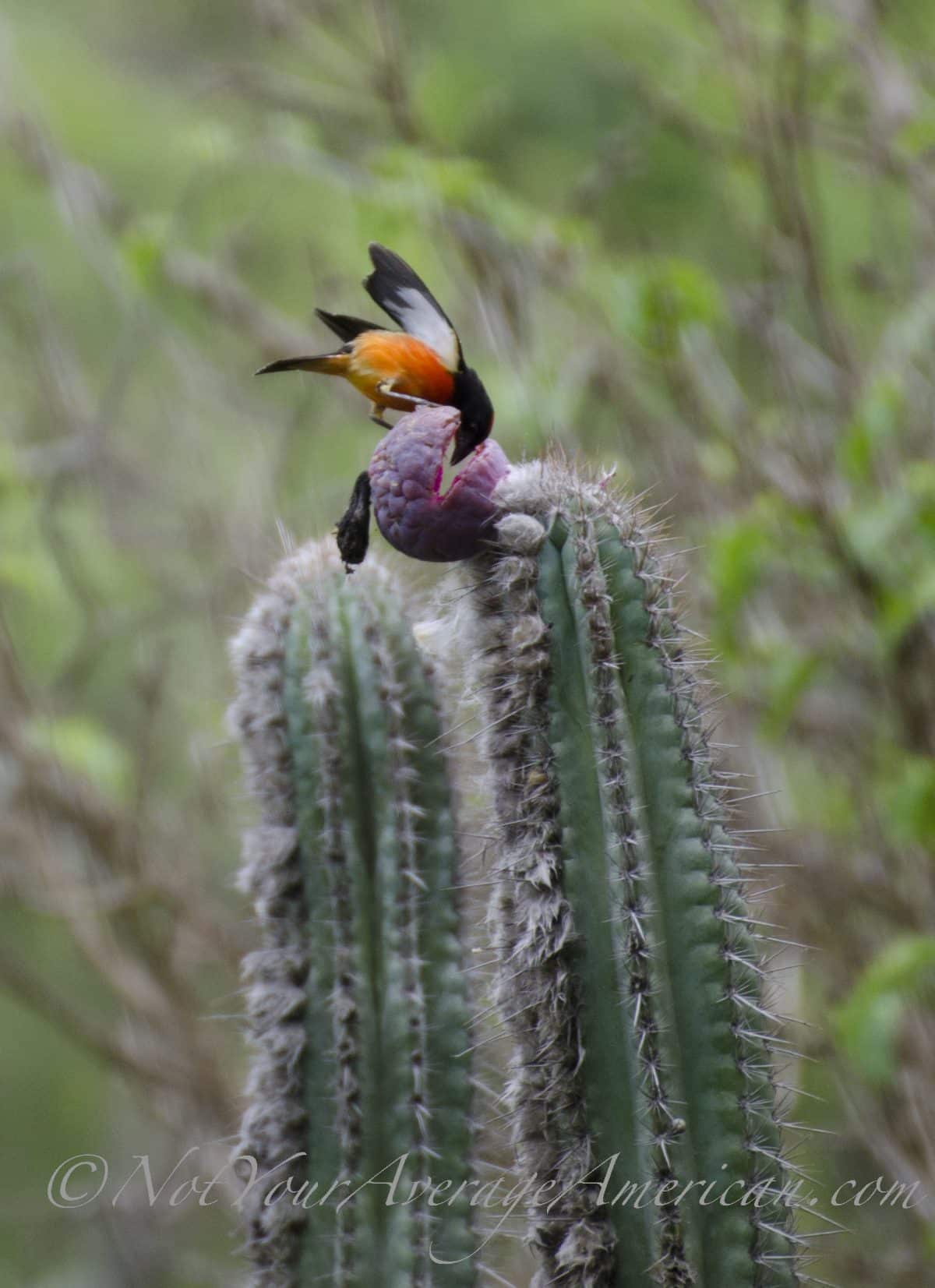
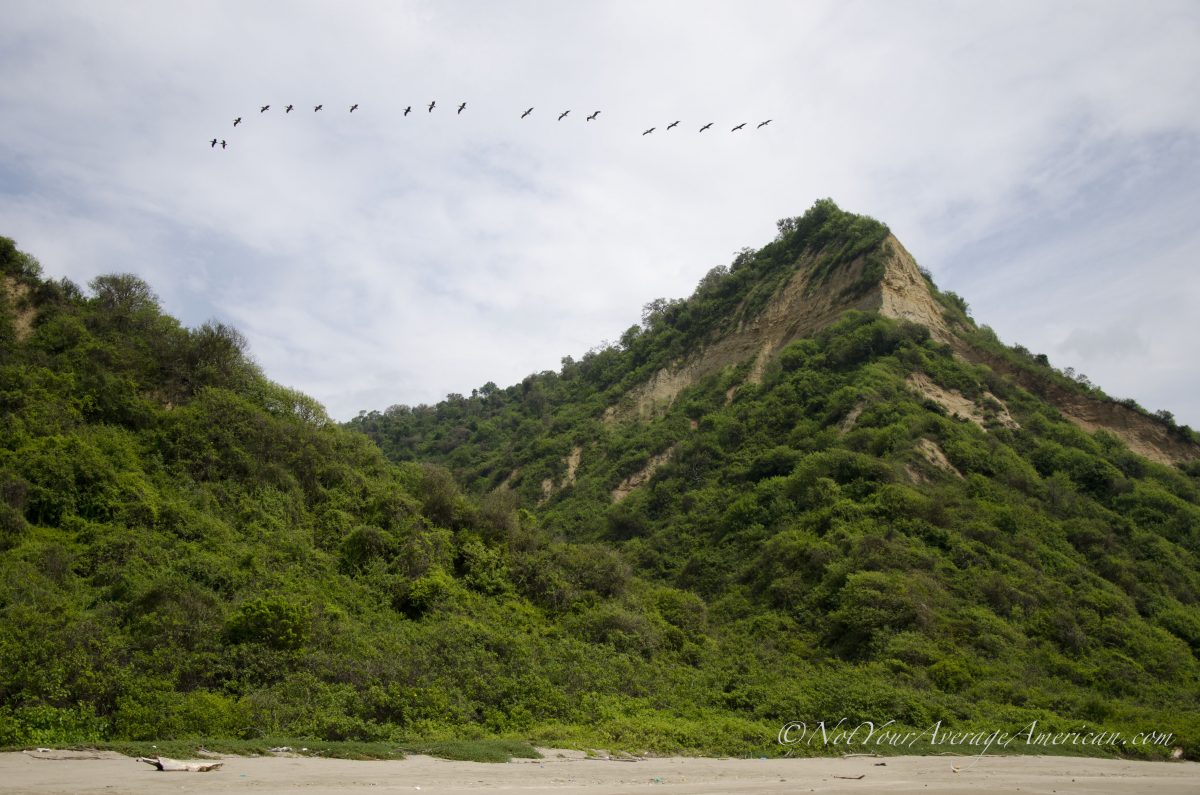
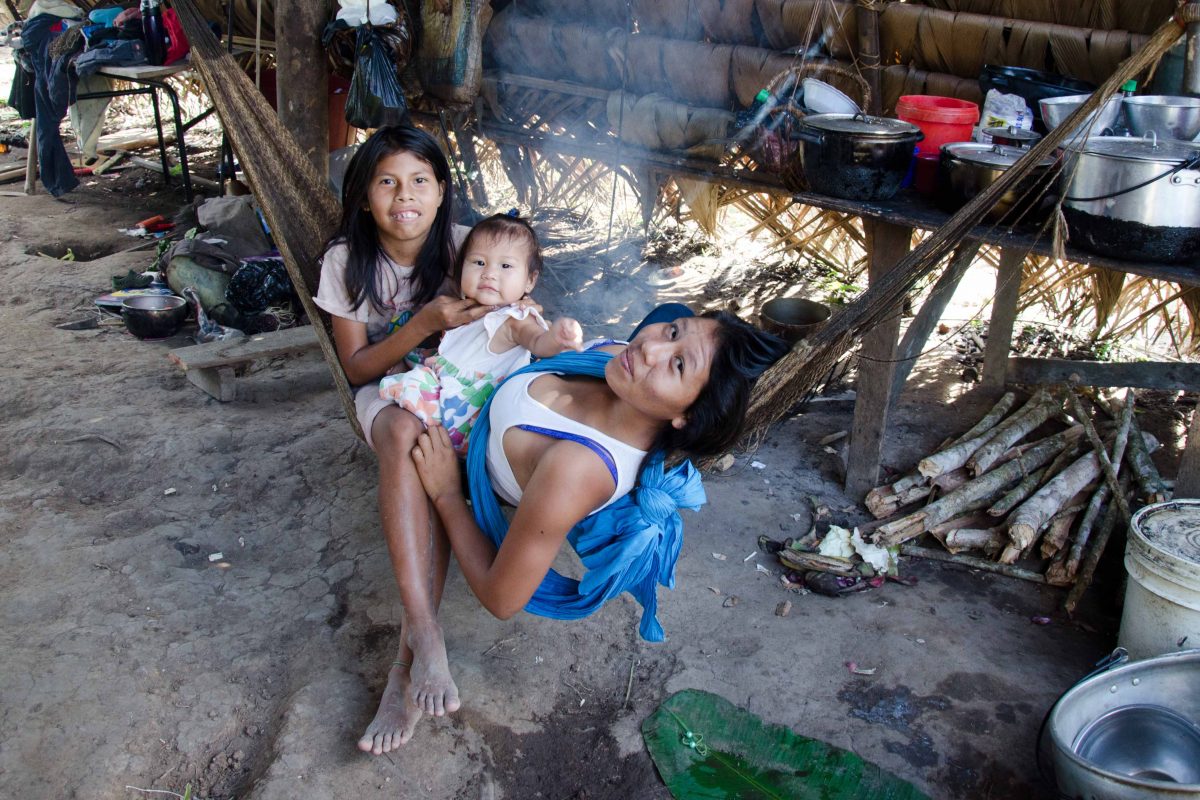
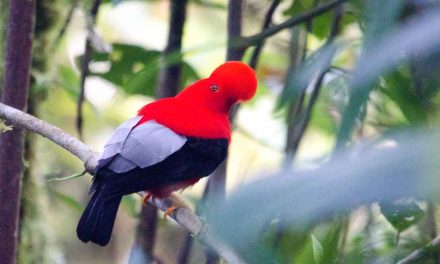



















What a great place!
It was wonderful! We’re saving money so that we can go again 🙂
Was it expensive then?
I’ll have more in my TripAdvisor review but it wasn’t as cheap as some places here. But then the privacy and remoteness is not found every where on the coast. I’d say it was moderately expensive but that the meals add up and since there are few options other than to eat at the lodge, it’s hard to find a more affordable way to visit.
it is still open?
Carol, when we checked their website a few weeks ago, this property was for sale. Since that time, the website has been taken down. We are unsure if there are new owners or if the name has changed. We will put out some feelers and see what we can find out.